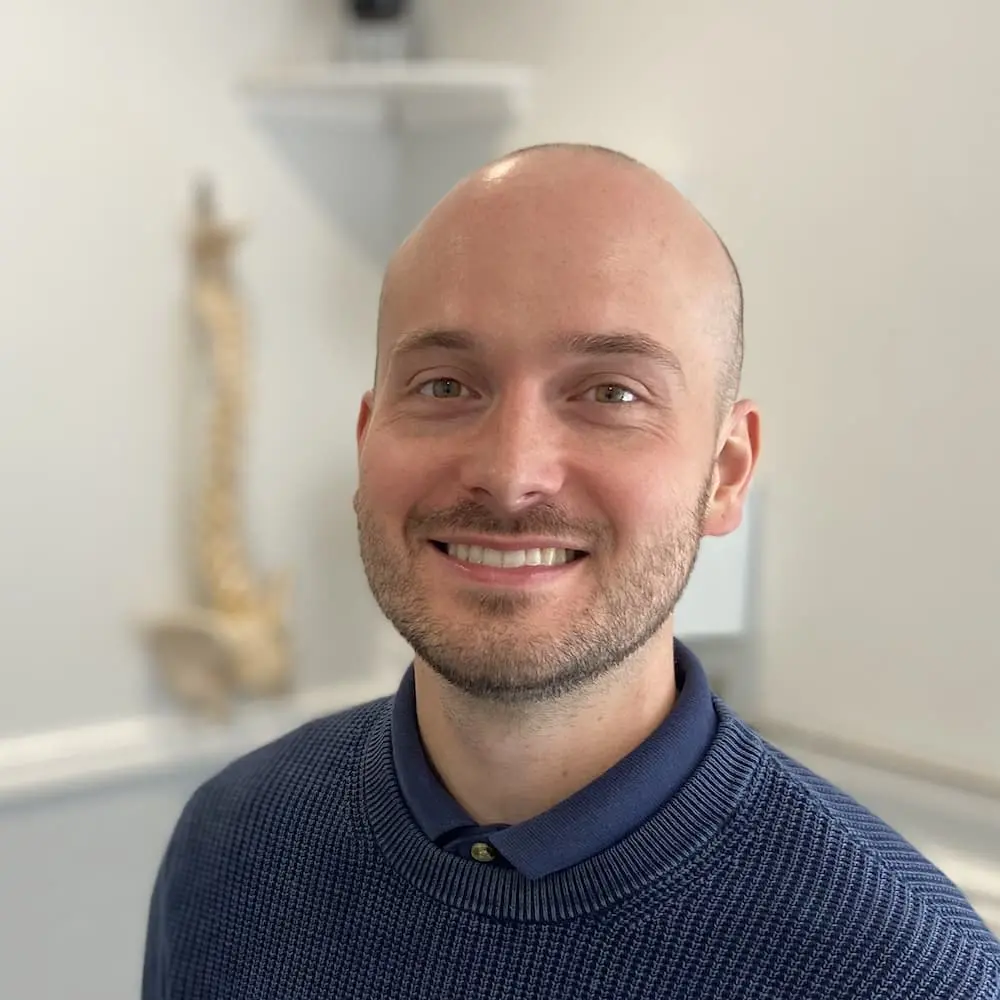Tennis Elbow
Tennis elbow
Tennis elbow, medically known as lateral epicondylitis, is a common condition that involves pain and inflammation in the tendons that join the forearm muscles to the outside of the elbow. Despite its name, it’s not exclusive to tennis players and can affect anyone who repeatedly uses their wrists or forearms in a way that puts stress on the tendons.
What conditions are associated with tennis elbow ?
Tennis elbow (lateral epicondylitis) is primarily associated with overuse and strain of the tendons in the forearm, but it can be related to or occur in conjunction with other conditions:Golfer’s Elbow (Medial Epicondylalgia: Similar to tennis elbow but affects the tendons on the inside of the elbow.
- Carpal Tunnel Syndrome: Repetitive hand and wrist movements can contribute to both tennis elbow and carpal tunnel syndrome.
- Cubital Tunnel Syndrome: Compression or irritation of the ulnar nerve, near the elbow, can be related to similar repetitive movements.
- Radial Tunnel Syndrome: Compression of the radial nerve near the elbow, which may be confused with tennis elbow due to similar symptoms.
- Inflammatory conditions: Arthritis including osteoarthritis and rheumatoid arthritis can affect all joints including the the elbow and can increase the risk of developing tendon related issues such as tennis elbow or generate symptoms which feel like tennis elbow.
- Bursitis: Inflammation of the bursa in the elbow may occur with or resemble tennis elbow.
- Shoulder Injuries: Problems in the shoulder can sometimes lead to issues in the elbow, including tennis elbow, due to compensatory movements or imbalances in the muscles.
- Neck injuries: Problems in the lower neck or upper back involving nerves can sometimes generate symptoms in the arm and around the elbow which can masquerade as tennis elbow due to the location of the symptoms.
What are the symptoms of tennis elbow?
The symptoms of tennis elbow, or lateral epicondylitis, primarily include:
- Pain and Tenderness: Often felt on the outside of the elbow, the pain might also radiate down the forearm.
- Stiffness: The elbow might feel stiff, especially in the morning or after periods of inactivity.
- Weakness: There may be a noticeable weakness in the forearm, affecting the ability to grip objects.
- Worsening with Activity: Pain and other symptoms often become more pronounced with activities that involve gripping, lifting, or repetitive use of the forearm and wrist, such as turning a DIY, shaking hands, or lifting a heavy object.
What causes tennis elbow?
Tennis elbow, or lateral epicondylitis, is caused by overuse and strain of the tendons that join the forearm muscles to the lateral epicondyle, or the outer part of the elbow. Here’s what contributes to this condition:
- Sudden Increase in Activity Level: Jumping into an activity without proper conditioning or a sudden increase in intensity can cause strain on the tendons.
- Activities Requiring Gripping and Twisting: Playing tennis, particularly with poor technique, or engaging in other sports and occupations that require constant gripping, lifting, or twisting, such as using tools, painting, and carpentry.
- Repetitive Motions: Continual strain from repetitive hand, wrist, or forearm movements can cause small tears in the tendons, leading to inflammation and pain.
- Previous Injury to the Area: A history of injury or strain to the elbow or forearm can make the tendons more susceptible to tennis elbow.
- Improper Equipment or Technique: In sports like tennis, using the wrong racket, incorrect grip size, or poor technique can contribute to tennis elbow.
- Age: It’s more common in adults between 30 to 50 years old, possibly due to reduced tendon elasticity as people age.
What is the best treatment for tennis elbow?
The best treatment for tennis elbow (lateral epicondylitis) typically involves a combination of rest, physiotherapy to strengthen the muscles, over-the-counter pain relievers to manage discomfort.
In more persistent cases, corticosteroid injections may be considered, and the approach should be individualised with the guidance of a physiotherapist or injection-qualified healthcare professional.
Who should I see to fix tennis elbow?
For tennis elbow, you should initially consult with a physiotherapist, who will assess and create a rehabilitation program to improve your symptoms and get you back to the things you enjoy doing.
Is exercise good for tennis elbow?
Specific exercises guided by a physiotherapist are beneficial for tennis elbow, as they can help strengthen the muscles and tendons in the forearm, promote healing, and alleviate symptoms.
Will I need surgery for tennis elbow?
Surgery for tennis elbow is typically considered a last resort, used only when conservative treatments fail, and it can be effective in chronic or severe cases; however, it carries risks and requires careful consideration with an orthopaedic specialist.
Chews Health top tip for tennis elbow
The top tip for managing tennis elbow is to engage in a targeted physiotherapy rehabilitation program coupled with relative rest and avoiding activities that exacerbate the condition, to strengthen the forearm muscles and tendons.
Tennis elbow can be very slow and stubborn to rehabilitate as the affected tissues don’t have a great blood supply and therefore take longer to respond to treatment. In some cases this can be 6-12 months before pain is fully resolved. However, the treatment process of focal strengthening and conditioning of the elbow is a worth-while process, as it’ll help reduce the risk of future episodes of pain an improve your preparedness for it if it occurs again.
Our Specialists
Posted onTrustindex verifies that the original source of the review is Google. Tennis elbow pain issue resolved in 3 physio - therapy sessions with Richard Saxton. Back to Badminton and Cricket as normal. Many thanksPosted onTrustindex verifies that the original source of the review is Google. I was referred to Chews Health for shockwave therapy for long term IT Band syndrome. Jon Shurr was excellent at talking me the through the process, setting my expectations and listening to my concerns. I just expected to receive the intervention with Jon but what I actually got was a patient-centred, holistic approach to my condition. Jon was excellent at setting physical challenges to test my knee pain and amending approaches when needed. Having completed my course of shock wave therapy I am feeling the improvements and continue to challenge my knees!! I am so pleased with the success of this therapy and am very grateful to Jon.Posted onTrustindex verifies that the original source of the review is Google. Outstanding care and a well-tailored set of stretches and exercises to address my problems and to keep me in shape. Thank you, Jack!Posted onTrustindex verifies that the original source of the review is Google. I have had a great experience here. I went for a knee injury and they’ve helped me so much build my strength back up. I would definitely recommend. The staff are lovely and really care about your improvements and your injury. Very thankful!Posted onTrustindex verifies that the original source of the review is Google. Highly recommended. My Physio (Jack initial assessment and follow up with Fio) completely understood the issue and worked with me to fix the issue. Thanks for you help.Posted onTrustindex verifies that the original source of the review is Google. I would highly recommend Chews Health. I have seen Jon for help with improving muscle strength in my arms and legs. I am in late 70's and presently seeing him every week because of hip pain. The exercises are helping me cope with an ongoing problem. Thank you. DotPosted onTrustindex verifies that the original source of the review is Google. Jack was incredibly helpful in advising on, and treating, my knee injury which was preventing me from training for the Manchester marathon. Jack was able to explain the cause in a really clear way and created a bespoke training and physio plan which enabled me to run the marathon without the level of pain I had been experiencing. Jack has also significantly improved my running form through his advice and the use of the high tech equipment and analysis software available in each session. Thanks to Jack for enabling me to complete the marathon (and enjoy it!) and for continuing to support on my running journey!Posted onTrustindex verifies that the original source of the review is Google. Great service. Jack was honest and straightforward explaining the rationale behind exercises/decisions. Pragmatic approach focused on getting me safely back to sportPosted onTrustindex verifies that the original source of the review is Google. Have waited a few months post-treatment to write a review - just to be certain! Quite simply, I can't recommend these guys highly enough. I went to them with two badly damaged knees (miniscus tears). Having had three arthroscopes over the years, I was completely resigned to needing surgical intervention again. The Chews team had different ideas. After showing me the latest research findings, they assured me my knees could be rehabilitated without a scalpel. I had just a handful of sessions with them and am delighted to report that, six months on, my knees are great! I'm running 5k twice a week (don't laugh, I loathe running and am no spring chicken) without any pain and have taken up tennis. Everyone at Chews is passionate about their subject, knowledgeable, reassuring and friendly. I wouldn't go anywhere else.Posted onTrustindex verifies that the original source of the review is Google. Couldn’t recommend Chews health enough. Jack’s experience and expertise allowed me to identify my problems and gradually build the strength and ability to return to running pain free.Google rating score: 5.0 of 5, based on 116 reviews




